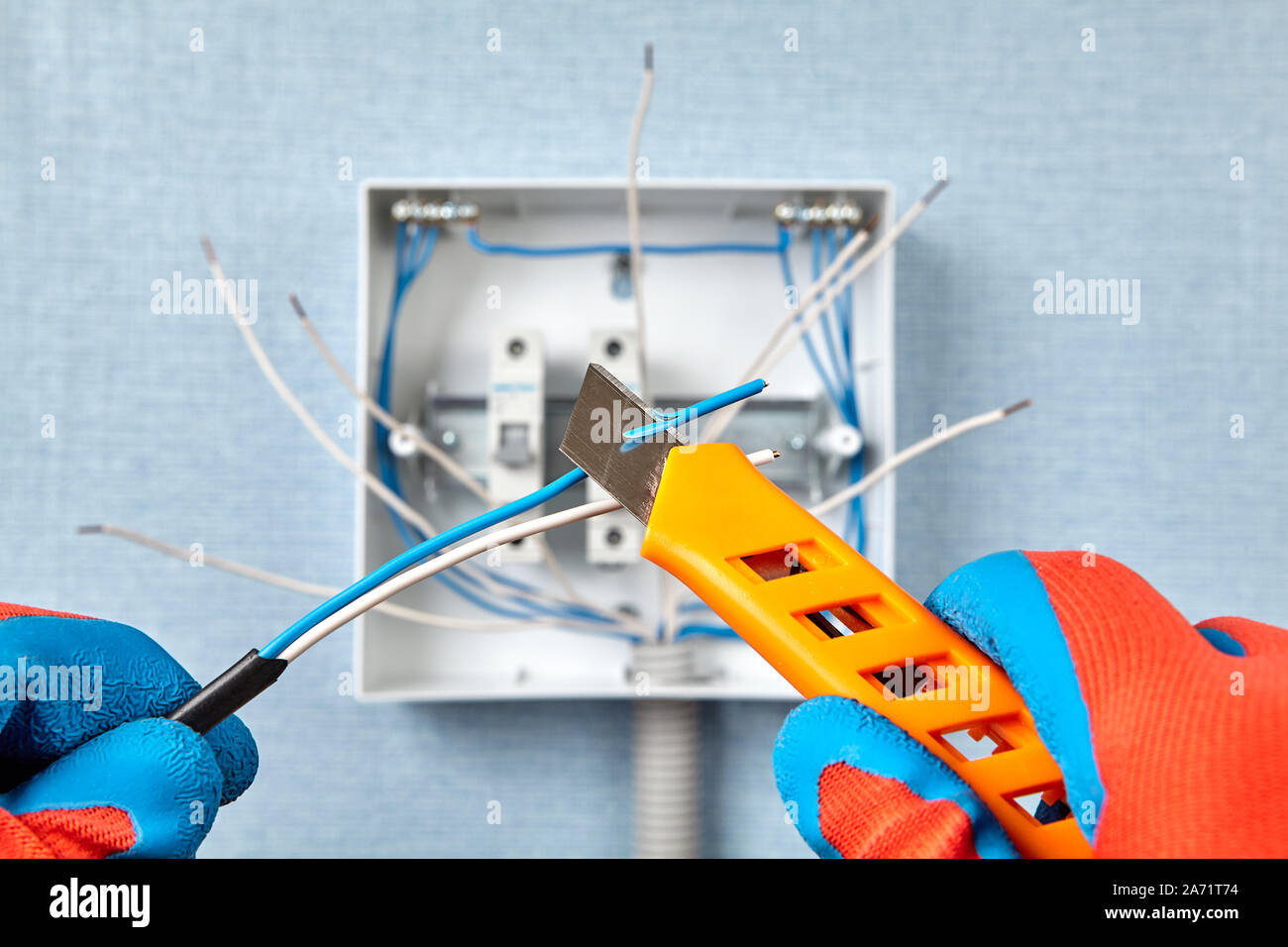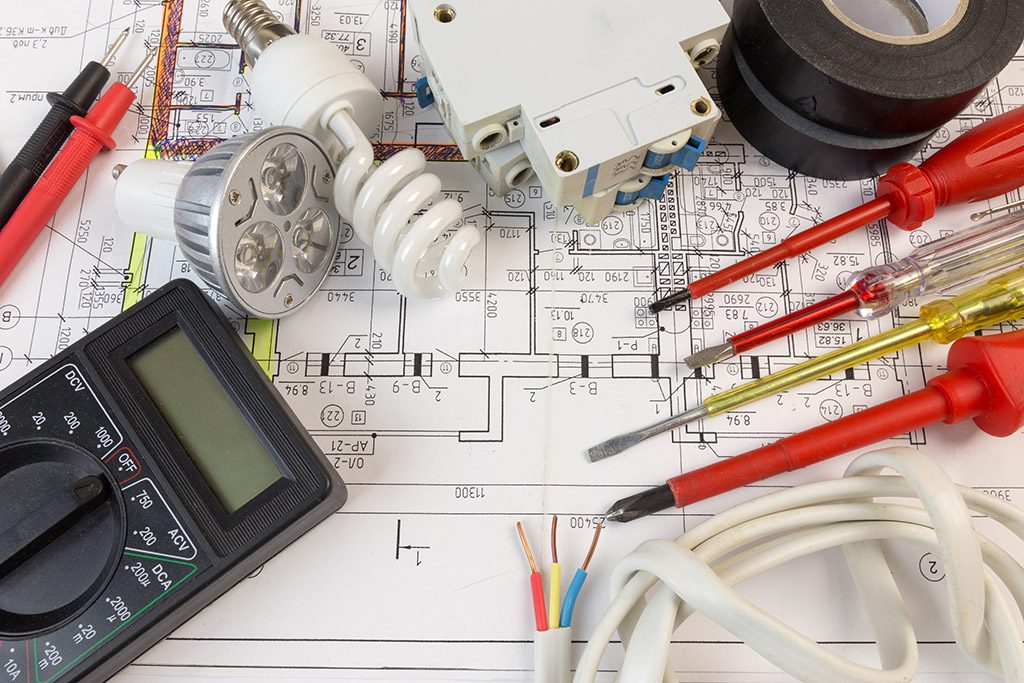Debunking Electrical Installment: Comprehending Codes and Laws for a Legal and Safe Arrangement
In the realm of electrical installation, adherence to codes and guidelines is extremely important to make sure both legality and safety. The intricacies surrounding electrical work can be overwhelming, but familiarizing oneself with the well-known requirements is essential to browsing this field with confidence. By recognizing the details of the National Electric Code and local building ordinance, people can ensure that their installations fulfill called for security actions and are in compliance with the legislation. The trip to debunking electrical installation goes past plain experience with guidelines; it requires an extensive grasp of just how to carry out secure electric practices properly.
Importance of Electric Codes
The adherence to electric codes is vital in making sure the safety and security and reliability of electric installments. Electric codes function as a set of standards and guidelines that dictate the proper style, setup, and maintenance of electric systems. These codes are established to lessen the danger of electrical risks, fires, and various other security worries that may arise from faulty electrical work.

Additionally, electric codes are consistently updated to include brand-new modern technologies, ideal methods, and precaution. Staying upgraded with these codes is necessary for experts in the electrical industry to make sure that their work fulfills the most up to date safety requirements. Ultimately, the significance of electric codes exists in developing a safe and effective electric framework that benefits both individuals and areas.
Key Rules for Safety
A number of essential guidelines govern the safety and security requirements in electric installments. One vital policy is the National Electric Code (NEC), which supplies guidelines for safe electric design, setup, and assessment to shield individuals and building from electrical hazards. The NEC covers facets such as electrical wiring techniques, grounding, overcurrent defense, and devices installation to ensure a risk-free electrical system.
An additional essential guideline is the Occupational Safety and Wellness Administration (OSHA) criteria, which concentrate on the safety and security of workers entailed in electrical setups (BRE Automation Australia). OSHA guidelines include demands for appropriate training, security procedures, and individual safety equipment to avoid work environment accidents and injuries
Furthermore, the International Electrotechnical Payment (IEC) requirements intend to harmonize electrical installment laws on a global range. These criteria address issues like electric devices security, electromagnetic compatibility, and energy performance to advertise uniformity and safety in electric setups worldwide.
Compliance with these vital laws is necessary to make certain the security and legality of electric setups, safeguarding both people and property from the threats related to electricity.
Recognizing National Electric Code
Secret policies such as the National Electric Code (NEC) offer important guidelines for safe electric design, installment, and assessment to guarantee the defense of individuals and residential or commercial property from electric dangers. The NEC, also called NFPA 70, is an extensive collection of requirements for electrical setups that are updated every 3 years. It is established by the National Fire Protection Organization (NFPA) and is widely embraced throughout the United States.
The NEC covers numerous aspects of electric work, consisting of electrical wiring methods, grounding, overcurrent security, and tools setup. It intends to safeguard people and home by dealing with potential dangers linked with electric systems. Compliance with the NEC is usually applied by local authorities having jurisdiction (AHJs), such as constructing code authorities and inspectors.
Comprehending the NEC is vital for electric specialists, designers, and examiners to make sure that installments fulfill the necessary safety requirements. By adhering to the NEC guidelines, experts can aid protect against electrical accidents and guarantee the dependability of electric systems in property, business, and industrial settings.

Conformity With Regional Building Regulations
Understanding and sticking to regional building codes is essential for ensuring the safety and security and compliance of electric setups within a particular jurisdiction (BRE Electrical). Neighborhood building regulations differ from one community to one more, and they are implemented to guard the wellness of occupants and properties. These codes BRE Automation Australia lay out particular needs for electrical installments, such as the sort of circuitry to be used, positioning of outlets, basing methods, and tons capacities. By following neighborhood building codes, electricians can make sure that installations are done properly and fulfill the necessary security criteria.
When it concerns electric installments, failure to abide by regional building ordinance can lead to severe effects. Non-compliant installations may position safety and security risks, boost the threat of electrical fires, and result in pricey penalties or lawful issues. Additionally, insurance policy companies might reject to cover damages resulting from setups that do not satisfy regional building code demands. It is critical for electricians and contractors to stay educated around and strictly adhere to the local structure codes relevant to their jobs.
Guaranteeing Safe Electrical Practices
Practicing rigorous adherence to developed safety and security methods is critical in the area of electric setups to alleviate prospective dangers and guarantee the well-being of people and homes. Safety in electrical job incorporates different elements, starting with the proper training of employees entailed in setup, maintenance, and repair. By focusing on secure methods, electrical installations can operate effectively while reducing the possibility of crashes or damages.
Final Thought
To conclude, adherence to electrical codes and guidelines is important for guaranteeing the safety and validity of electric installments. Comprehending the National Electric Code and compliance with neighborhood building ordinance are necessary for a risk-free setup. By following these standards and practicing risk-free electrical methods, individuals can stop prospective hazards and make sure the proper performance of their electrical systems.